See what Croatian Christmas looks like! What does Sretan Božić mean, and who is Djed Božičnjak?
20. 3. 2024
What will you learn in this article?
Do they have Christmas markets in Croatian cities?
What do the individual candles on the Advent wreath mean?
And who brings presents to Croatian children?
See what traditional Christmas looks like in Croatia!
Advent in Croatia
Croatians like to enjoy the Christmas atmosphere at the Christmas markets. The central market is often found in a beautiful square basking under a majestic church tower or a baroque palace overlooking picturesque snow-capped mountains in cities. The square will turn into a fairytale vision of a traditional Christmas village.
One of the most beautiful Croatian Christmas markets is in Zagreb. Christmas Advent in Zagreb is a spectacular city-wide experience transforming the capital into a winter wonderland.
More than 25 individual Christmas stalls are spread across the city’s main squares and promenades, each with its unique theme and atmosphere, yet blending to create the feeling of one all-encompassing market.
Just like here, in Croatia, wreaths are part of Advent. Having an Advent wreath made of straw or evergreen twigs with four candles is traditional. The wreath symbolizes infinity, and the four candles symbolize different parts of history and life.
The first candle (purple) symbolizes creation and hope, the second candle (purple) symbolizes embodiment and peace, the third candle (pink) symbolizes redemption and joy, and the fourth candle (purple) symbolizes the end and love.
Do you also want to make an Advent wreath? The precise instructions make it easy!
Croatian children are not deprived of Nicholas’ gifts! On December 5, on St. Nicholas Day, children clean their shoes or wellies and leave them in the window. They hope Santa Claus will leave chocolates and small gifts in his boots.
If the children have been naughty, Krampus, a giant monster with horns that sometimes travels with Saint Nicholas, leaves them golden twigs to remind them to behave.
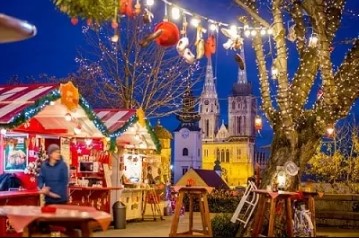
Christmas Day in Croatia
With the end of Advent, Christmas Day is a particular time when families traditionally gather for the final preparations for Christmas Day.
Christmas trees are erected and decorated, cakes are made, and St Lucia’s Day Christmas wheat is tied with colorful ribbon.
The ribbon’s colors—red, white, and blue—represent the colors of the Croatian national flag.
Croats visit local churches in the evening, attend midnight mass, and greet Sretan Božić (Merry Christmas).
And when are the gifts unwrapped? You may be surprised that until the morning of December 25.
Similar articles
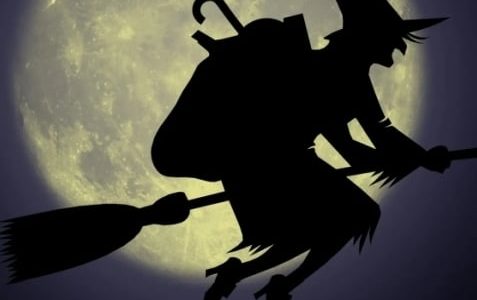
How do Italians celebrate Christmas and what are their customs?
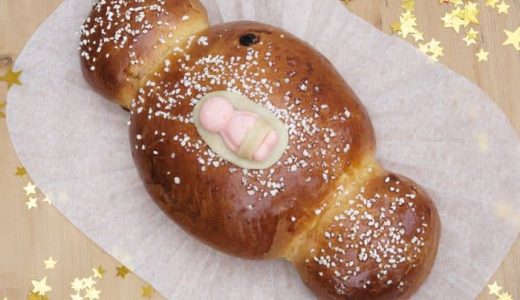
Do you know how Christmas is celebrated in Belgium? Learn about Belgian Christmas traditions in our article

How is the traditional French Christmas celebrated? Who is Père Noël and what is Réveillon?
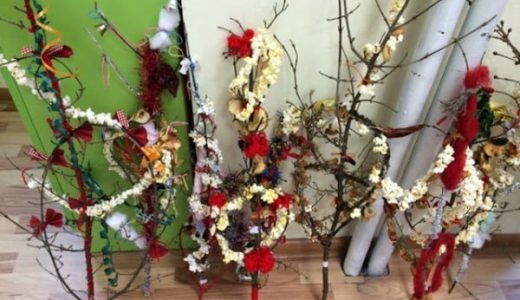
Learn about Bulgarian Christmas customs and bake delicious baklava!
After waking up, presents are unwrapped, and then a family breakfast is served. In Croatia, Djed Božičnjak, a fat grandfather in red clothes with a long white beard, carries gifts.
Many families will attend Christmas mass at the local church.
Compared to the festive excess of the previous days, Christmas Day is spent relaxed. It is traditionally a family day revolving around food and spending time with loved ones.
Traditional Croatian Christmas food
Food is perhaps the most anticipated aspect of Croatian Christmas, and the holiday season deserves a specific menu.
Fasting is observed on December 24th, or at least people don’t overeat, but December 25th is all about food, especially meat. The most common meals on Christmas Day are relatively light, such as cod, salted sardines, potatoes, and salads.
On the first day of Christmas, however, the table overflows with a combination of roast turkey, duck, or goose accompanied by sarma (cabbage stuffed with rice and minced pork).
In some regions, it is expected to prepare beef goulash, homemade mince (flat pasta), or roasted piglet served with a mixture of vegetables.
Of course, a traditional Christmas in Croatia cannot be complete without sweet desserts. Fritule (doughnut holiday pastry), makovnjača (poppy seed rolls), and orahnjača (sweet walnut rolls) are the most famous traditional Christmas desserts in Croatia.
In addition, vanilla marigolds and crunchy cookies with angel wings are served.
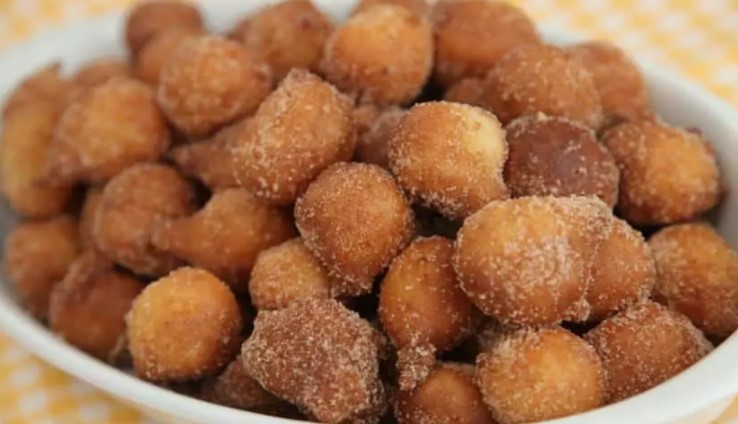
Saint Lucy’s Day
Rather than Christmas Day, December 13th was traditionally when children received gifts from Saint Lucia. Today, children usually receive small gifts from Nicholas on St. Lucia’s Day and, of course, on Christmas.
Wheat is also sown on this day as a symbol of life. This tradition dates back to when agriculture was the main economic activity. According to superstition, the taller the wheat grows, the more prosperous the next year will be.
In some parts of Croatia, people observe wheat every day until Christmas. The weather for each month in the coming year is expected to mirror the weather for each day between St Lucia and Christmas.
Croatian Christmas traditions
Christmas trees are trendy and are commonly decorated on Christmas Day, but some people put them up and decorate them on St. Nicholas Day. In Croatia, ornaments in the shape of fruit are traditionally decorated. It used to be a natural or perennial candied fruit that was sometimes covered in gold!
There is an old Croatian tradition of young men giving their girlfriends a decorated apple for Christmas.
In rural parts of Croatia, bringing straw into the house on Christmas Eve is still customary as a symbol of the future good harvest.
A Christmas log is traditionally brought to the house on Christmas Day. In ancient times, the log was traditionally lit and poured with wine by the head of the household. It is believed that the log, badnjak in Croatian, must burn until Christmas Day as a symbol of light on the night of Christ’s birth.

